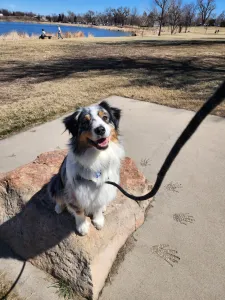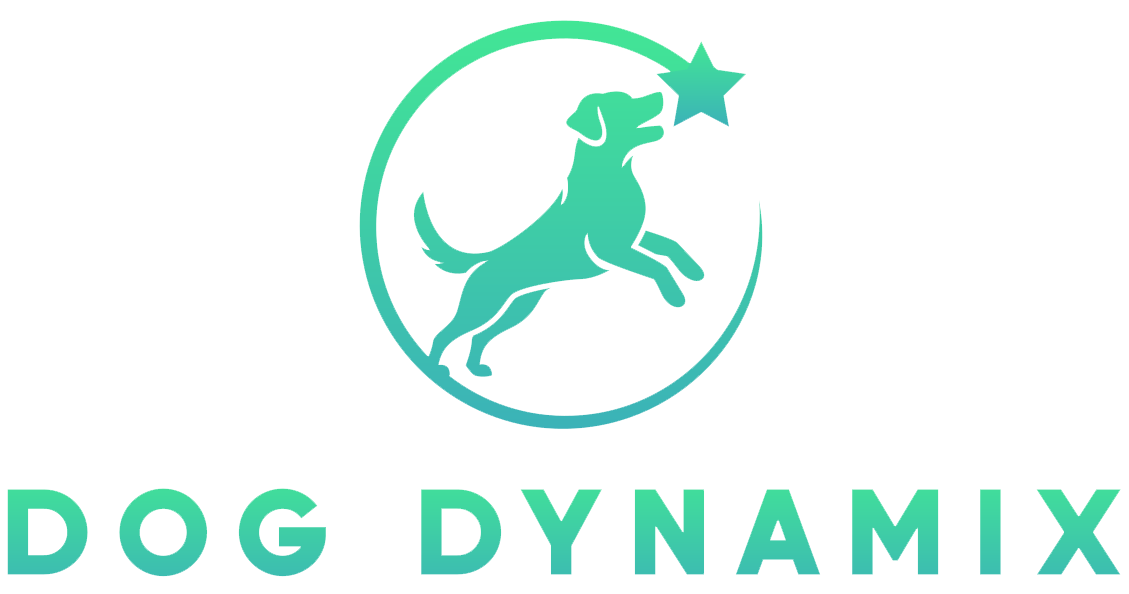If you have ever heard the phrase, “Dog aggression is managed and never cured…” You may have been frustrated or even saddened because it feels like help is not available. But, that’s not true.
What is factual, is that depending on the amount of time that the dog has lived with the problem, there are limits to what can be accomplished. Training is nothing more than repeating behaviors over and over, until they become natural to the dog. So if a dog is allowed to bark and lunge at other dogs and people, or worse, a dog that has multiple bites or attacks under it’s belt, for an extended period of time, then they have essentially been trained (unintentionally, of course) to be aggressive.
How does training dog basic obedience help fix reactivity?
The first step in fixing aggressive dog behavior is to BLOCK IT. You must control the dog’s environment in a way that doesn’t allow them to rehearse the behavior; Simple to understand, but HARD to do. That means you can’t allow your dog to run the fence line in the backyard, or to perch on the couch and bark out the window. You have to scan the horizon while on walks and make sure your dog can’t be surprised by a person or dog from behind a fence or car. Micromanaging our dogs is one task, but controlling the outside world is nearly impossible. You must accept that your dog’s world is going to be very small until the next steps can be implemented.
Teaching your dog to reliably respond to obedience commands is imperative to addressing dog reactivity. Sometimes dogs are simply overstimulated, and not truly aggressive. Other dogs are fearful and respond in a way that keeps other dogs or people away (barking and lunging is a rewarding behavior in this case). Regardless of the nature of the reactive dog behavior, obedience is the key to addressing the problem. It allows us and our dog focus on a new and productive task. In dog trainer terms, we need to teach an alternative incompatible behavior to barking and lunging, regardless of ‘why’ they’re doing it.
Most dogs (but not all) have a very difficult time multi-tasking. We teach heel using very specific criteria. The dog must walk next to me, with their collar in line with my leg, on a loose leash. Most dogs with leash reactivity are out in front of their owners, pulling on the leash, building energy and allowed to fixate on other dogs. Teaching the heel command removes the tension from the leash, and teaches the dog to pay attention to their position in relation to their handler, so they have to pay more attention to what the human is doing, rather than focusing on what’s in the environment around them. We use a combination of positive reinforcement for maintaining the heel position, and punishment (collar correction) if the dog leaves the heel position. We do not correct the dog for barking and lunging, rather we correct the dog for leaving the heel position!
You should be correcting failure to perform obedience tasks, not punishing a dog for reactive behavior.
Why corrections for barking and lunging DON’T work: Simply put, from the dog’s perspective, every time a dog appears, they are made uncomfortable by the human and/or the leash. The dog is trapped, and the human grips the leash tightly, further restricting the possibility of escape. The human is stressed, and the dog is stressed, and the energy is synergistic, and feeding into the outburst. The dog gets a collar or leash correction on top of that. In short, other dogs/strangers = discomfort. It’s a vicious cycle.
However, if the dog has been taught how to heel, really well, in a controlled environment, AND feel really good about maintaining the position because it has been heavily rewarded, we have a known, well-rehearsed behavior we can work with. The dogs already view heeling as heel = feel good, before we challenge them with dog or human distractions. Additionally, when we introduce distractions the dog has already been taught to avoid the correction in conjunction with seeking the reward. Leading up to this moment, as dog trainers we have controlled the environment so that the dog hasn’t had the opportunity to practice the reactive behavior, while we worked to replace it with obedience behaviors.
If your reactive dog isn’t taking food in training, it’s time to take a few steps back.
If you have tried to use food in your reactive dog training in the past without success, it’s most likely because your dog was too stressed to be able to learn in the environment you were attempting the training in. If you are struggling with dog reactivity, boarding and training can be a very good dog training option because we have the facilities and experience to best control the environment, and introduce triggers in a controlled and systematic way. Mac is one of our Bootcamp Graduates, and here he is demonstrating how focusing on obedience has become not only more important than focusing on distractions but more rewarding!




